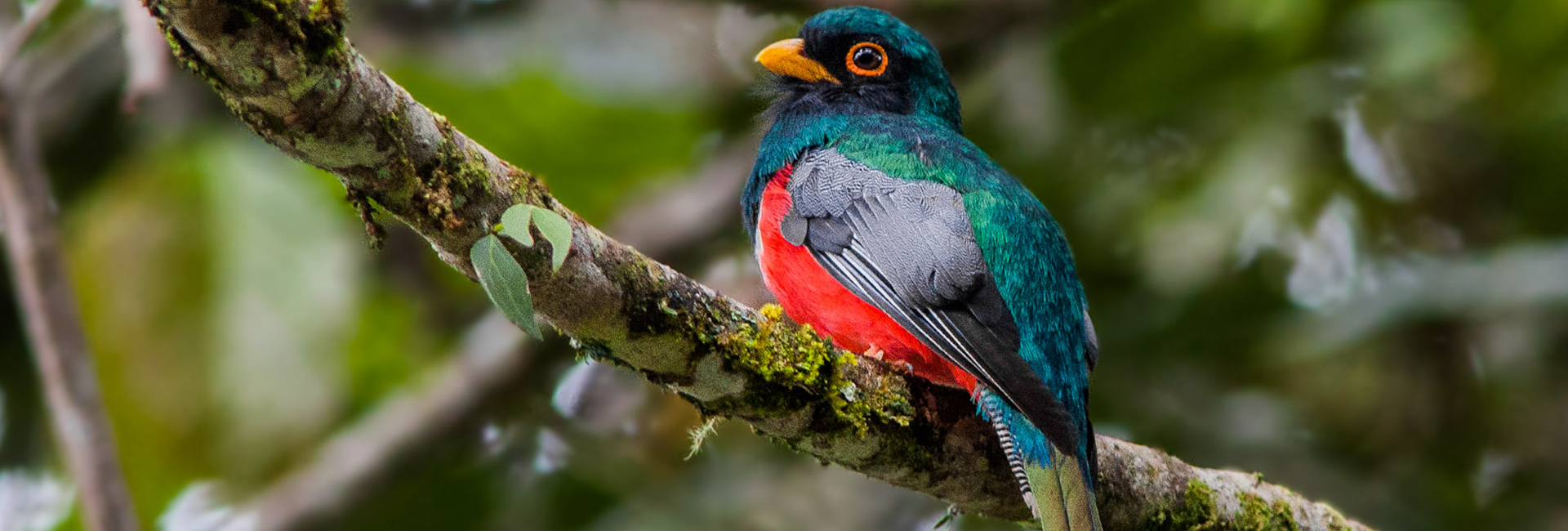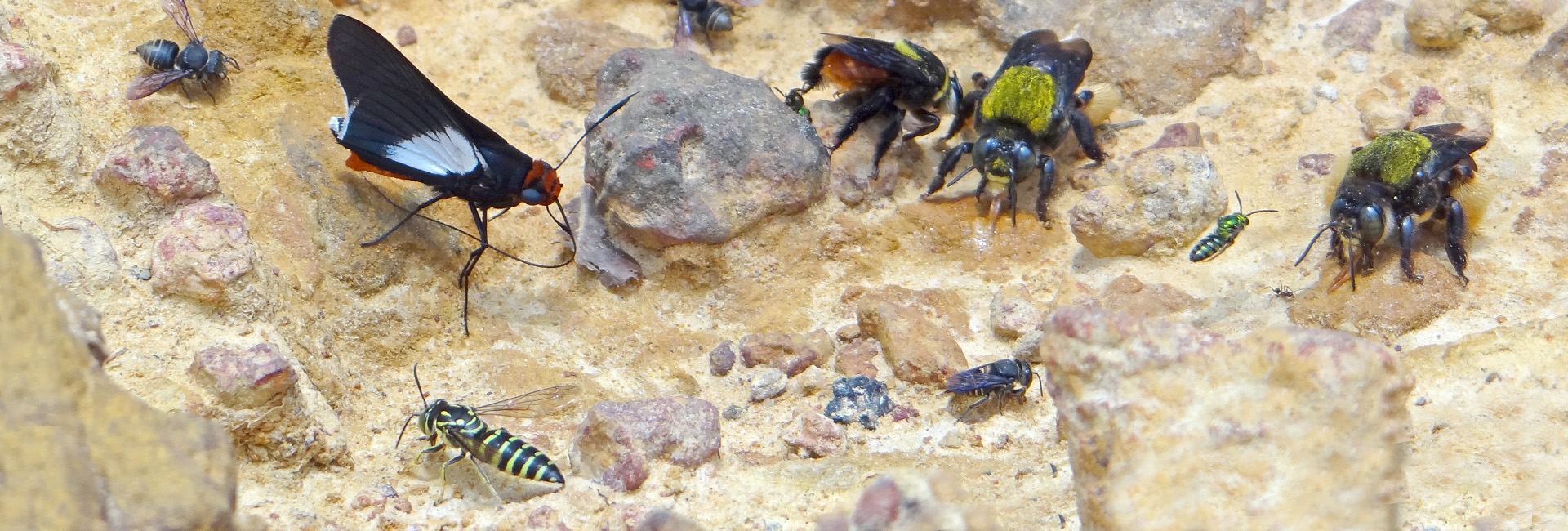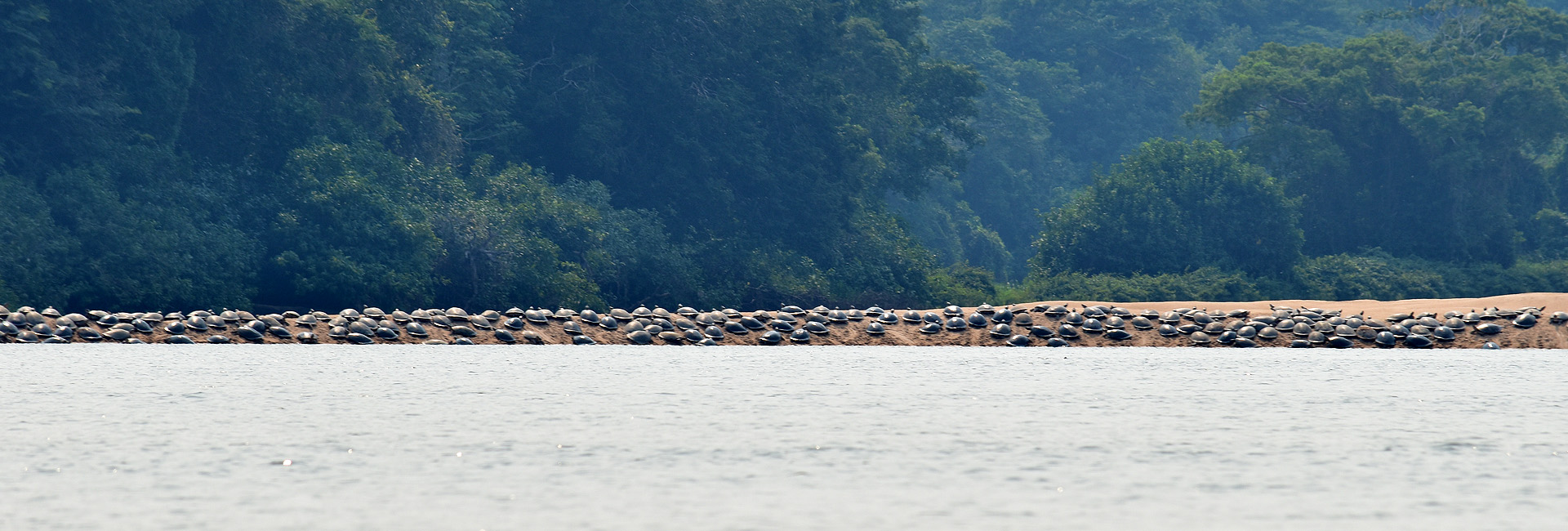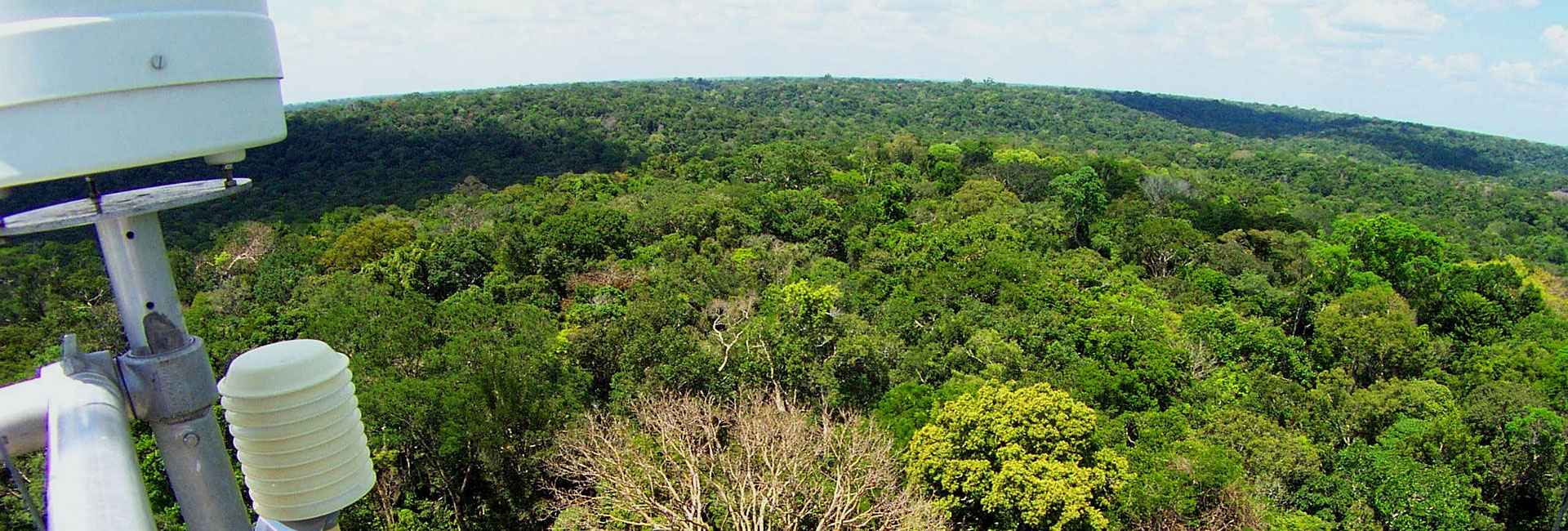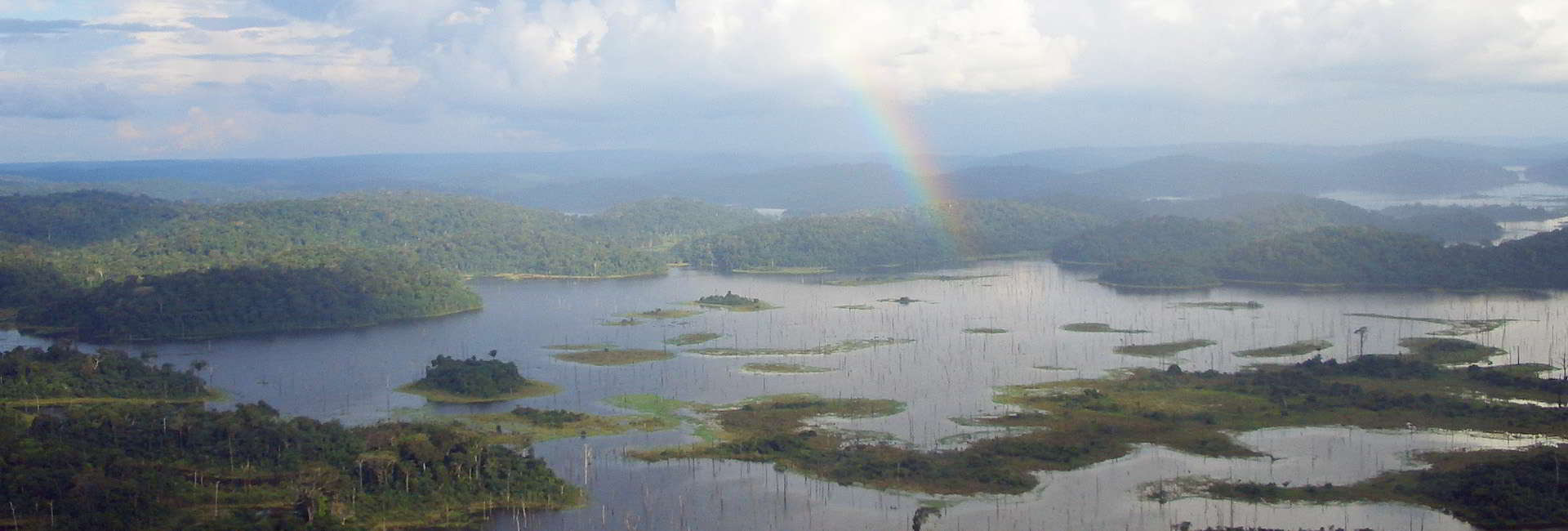The hidden diversity of Automolus infuscatus
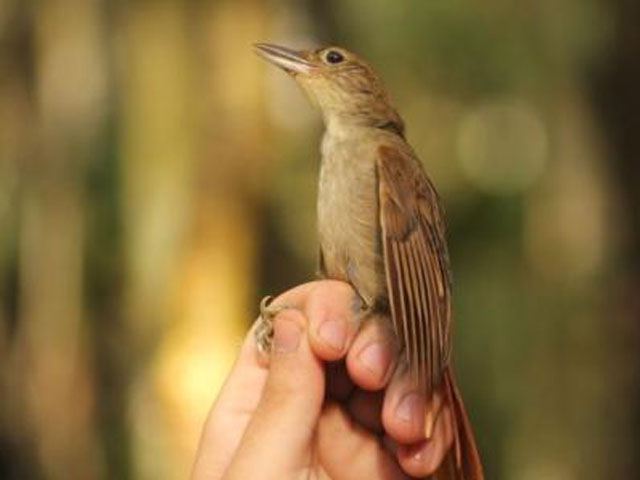
Furnariidae is one of the most diverse neotropical bird families, with high diversity of phenotypes and habitat use, with many cryptic species and several morphologically recognized genera that have been found to be paraphyletic.
In his masters project in Ecology, Eduardo de Deus Schultz studied one of these genera, investigating the hidden diversity and evolutionary history of the Automulus infuscatus species complex. He used two mitochondrial and three nuclear markers to assess the genetic diversity among 302 specimens of six species composing the complex, and, for the first time, of all five subspecies of A. infuscatus.
The analysis supports the paraphyly of A. infuscatus, indicating the existence of at least two not closely related clades. The other species in the complex were found to be monophyletic, and A. subulatus, which had historlically been classified in the genus Hyloctistes, was confirmed as belonging to Automolus. Of the 19 lineages found, 13 matched previously described subspecies, and the remaining six represented subdivisions of three other subspecies. This indicates that phenotypic data is a good proxy, but still underrepresents genetic diversity within this complex.
The biogeographic reconstruction suggested that the ancestral distribution of the complex was in western South America, and that around 5 million years ago a rapid radiation centered in western Amazonia originated the four main lineages within the complex. The origin and early diversification of the complex may be related to the formation of the Andes and the consequent evolution of the drainage system, and the establishment of terra firme forests in the western Amazon.
The ancestor birds then shifted from flooded to more terrestrial habitats and populations became isolated on opposite margins of major Amazonian rivers. The subsequent diversification of the lineages occurred in the late Pliocene-Pleistocene, with extant species estimated to be less than 2 million years old. The distribution of most lineages within the A. infuscatus complex coincides with the main Areas of Endemism (AoE) proposed for the neotropical region.
The work has been recently accepted in Molecular Phylogenetics and Evolution. The thesis was supervised by Camila Ribas.
The photo is of an individual of the subspecies A. infuscatus badius captured on the margin of the Japurá River (Amazonas, Brazil).



